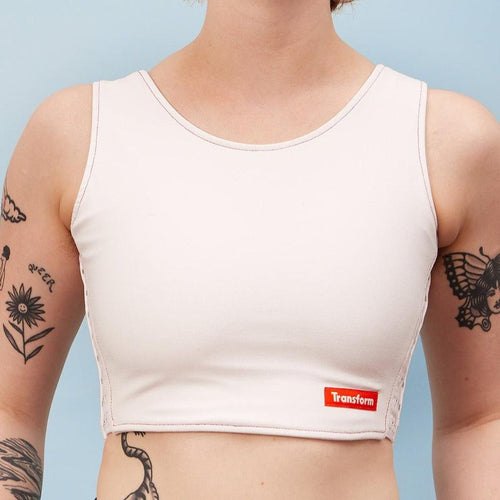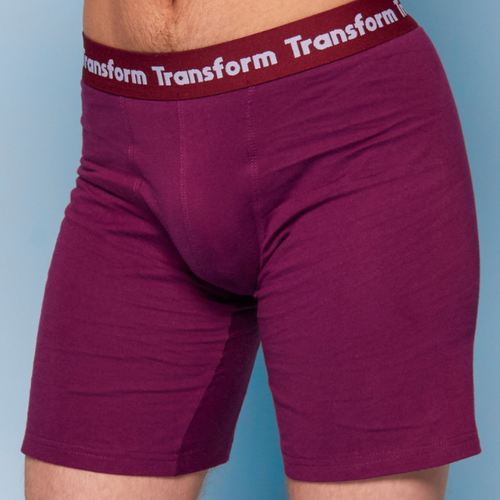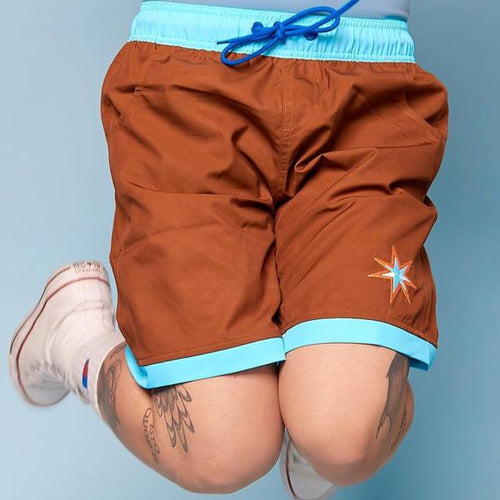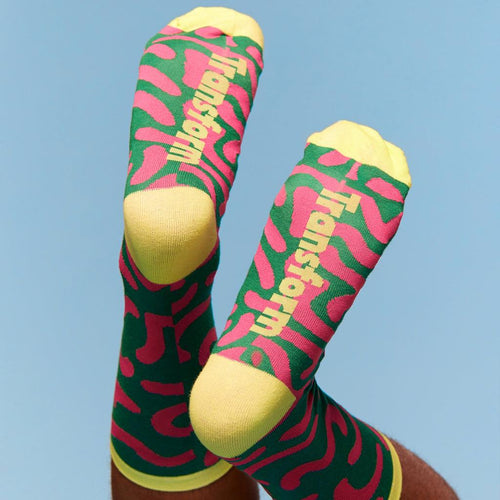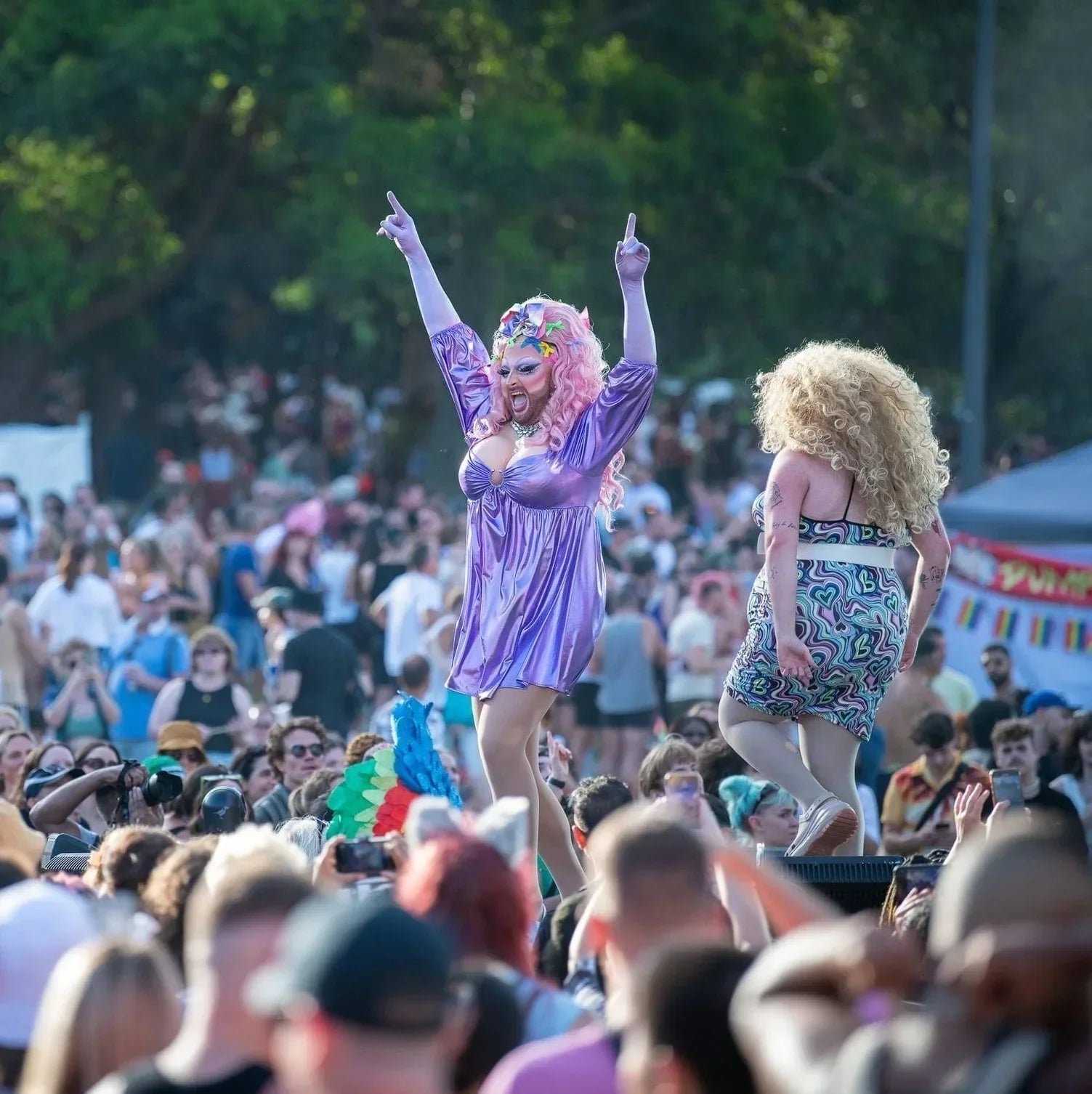For LGBTQIA+ people in the United States, fashion has long been a way to communicate identity, resist oppression, and celebrate individuality. Clothing isn’t just about style — it’s a statement of survival, pride, and community.
Early 20th Century: Hidden Signals
In the early 1900s, queer Americans often relied on subtle cues to find community in a society that criminalized same-sex relationships. Certain accessories, colours, or tailoring choices became a language only understood within queer networks, providing safety and connection.
1960s–70s: Bold Visibility and Activism
The post-Stonewall era brought LGBTQIA+ visibility into streets and clubs. Drag performers, disco culture, and gender-bending rock icons like David Bowie challenged norms with fashion. Pride marches became platforms for expressing identity through bold, colourful clothing — an act of protest as much as celebration.
1980s–90s: Defiance During the AIDS Crisis
During the HIV/AIDS epidemic, fashion became activism. ACT UP and other groups turned t-shirts, pins, and banners into tools for awareness and protest. Simultaneously, Harlem’s ballroom scene fostered extravagant self-expression, offering safe spaces for queer people to explore and celebrate identity.
2000s–Today: Celebration and Everyday Affirmation
Today, queer fashion in the US exists both in mainstream culture and niche queer spaces. Gender-affirming clothing like binders and packing boxers allow trans and non-binary people to feel comfortable and confident. Pride tees, socks, and adaptive swimwear continue a decades-long tradition of visibility, resistance, and joy.

